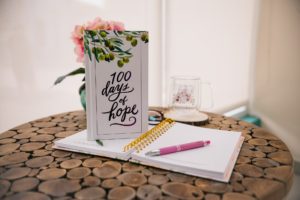Of all the great communication skills, listening may be the most important. We often think speaking is the most valuable part of communication when in fact, listening is. Being an effective listener means more than taking in information in order to respond…much more!
Most people listen with the intent to do one thing- respond to what is being said. While responding is expected in communication, responses can be affected by how well we listen. Most of the time, when communication breaks down it can be traced back to hearing. That’s because listening and hearing are not the same thing.
Hearing is focused on the words being said. Hearing can leave out important nuances that are picked up by listening. Listening includes more than what is being said. It also includes how things are being said. Listening seeks to understand what is being said which includes reading between the lines, paying attention to tone of voice, and non-verbal cues given by the speaker.
Great listeners are seeking to understand what is being said rather than waiting for a pause in content to reply. They use techniques to help them truly hear what is being said. Techniques like mirroring and active listening.
Mirroring and active listening are great tools to better understand what is being said
Mirroring- Mirroring is a technique that includes repeating or summarizing what you’ve heard back to the speaker. This helps the speaker feel heard and understood and leaves room to clear up any misunderstandings. In order to mirror back what you’ve heard, care is taken to listen not only to what is said, but any non-verbal cues you experienced as well. Mirroring is a great tool to diffuse difficult conversations and help people feel validated.
Active listening- Active listening uses all the senses while having a conversation. Active listening uses verbal and non-verbal cues during the conversation to encourage better listening. Looking a speaker directly in the eye, nodding in agreement or understanding, using verbal remarks such as “that makes sense, uh-huh, Ok,” and more. These all encourage better listening and overall communication.
Great listeners use tools to make sure they are bringing their best listening skills to the table. They aren’t listening simply to reply, they are engaged and looking to have a meaningful conversation. Using skills like mirroring and active listening can help ensure you’re listening to understand, not to speak.




